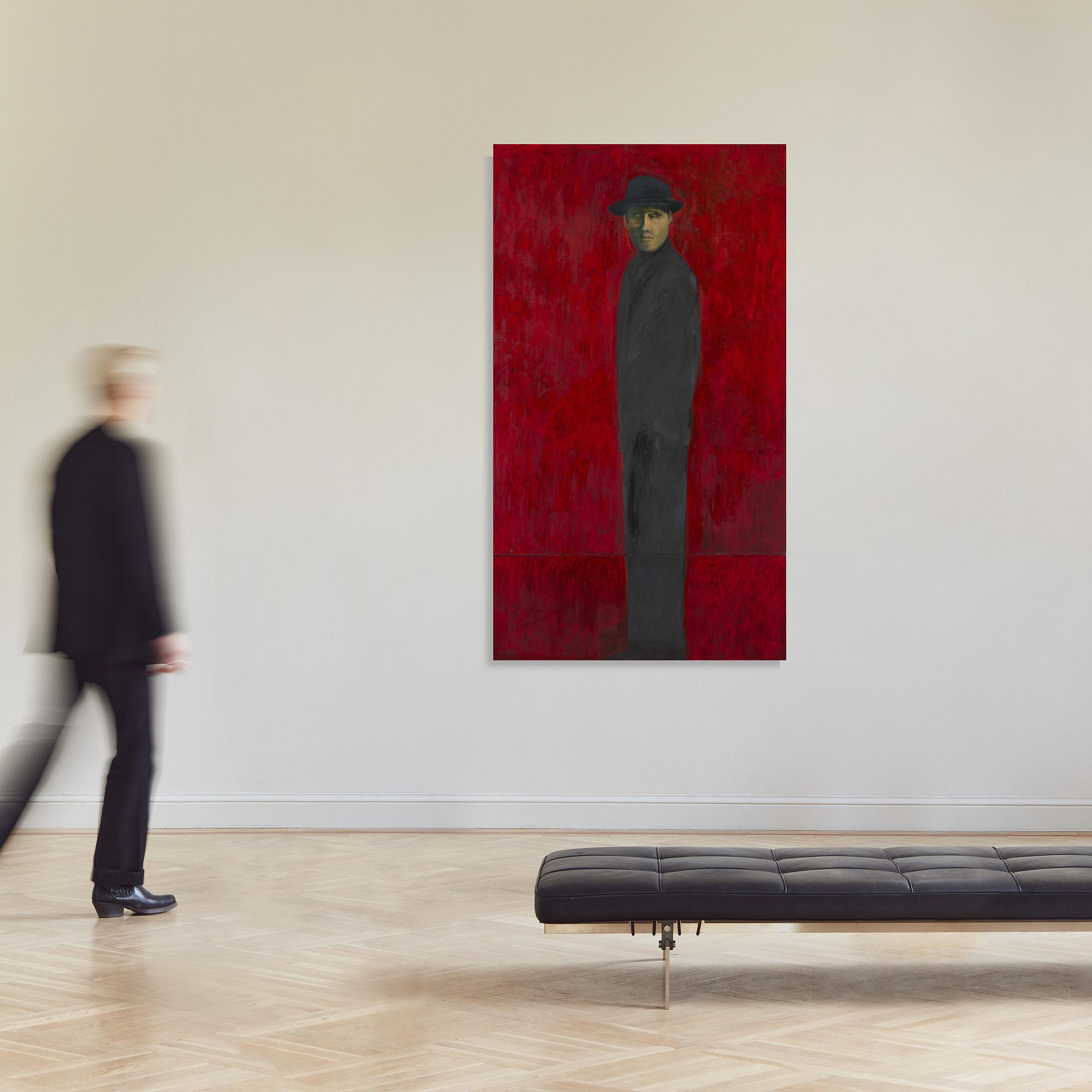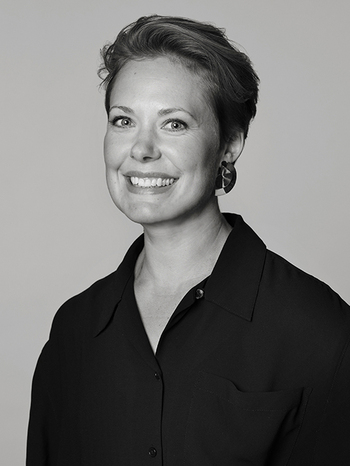Cecilia Edefalk
"Dad"
Signed Cecilia Edefalk and dated -87/88 verso. Oil on linen, two joint canvases, total 242 x 135 cm.
Alkuperä - Provenienssi
Galleri Wallner, Malmö, Sweden.
Bukowski Auktioner, Moderna Vårauktionen 531, 26 - 29 April 2004, lot 532.
Private Collection.
Näyttelyt
Galleri Wallner, Malmö, 1988.
Stockholm University, "Konstant -90", 1990.
Malmö Konstmuseum, ”Shifte: Det postmoderna genombrottet i Sverige”, 8 April - 26 August 2001.
Waldemarsudde, Stockholm, "Maskros/Dandelion", 15 October 2016 – 12 February 2017.
Kirjallisuus
Jonas Florén, "På tröskeln till gallerierna", the weekly Dagens Industri, May 6, 1988, p. 14-15.
Daniel Birnbaum, "Galleriet", the daily newspaper Dagens Nyheter July 25, 1996.
Moderna Museet, Stockholm/Kunsthalle Bern, exhibition catalog, "Cecilia Edefalk", 1999, illustrated in colour p. 13.
Prins Eugens Waldemarsuddes exhibition catalogue No. 121:16, Karin Sidén and Catrin Lundeberg (ed.), "Cecilia Edefalk - Maskros/Dandelion", 2016, illustrated on full page.
Muut tiedot
Cecilia Edefalk's iconic 1988 painting, Dad, is part of a series that marked her breakthrough. The aforementioned work foreshadowed the repetitive images produced in the 1990s, such as 'En annan rörelse' (Another Movement), 'At the Moment' and 'Elevator'. ‘Dad’ is a reinterpretation of Dick Bengtsson's equally iconic ‘Richard in Paris’ from 1970 now in the collection of the Moderna Museet. Bengtsson's model was based on a still image from one of actor Richard Widmark's gangster films. This image of the American gangster has been enhanced and distorted. The figure has sometimes been called a Bengtsson self-portrait, but it is elusive and frightening. The face is stiff, and the gaze is directed beyond the painting. The letters P.C.F. at the bottom of the painting are a well-known abbreviation for the French Communist Party, and the painting was made with a French audience in mind. However, it was probably not the political connotations of the painting that prompted Edefalk's interpretation, but rather her fascination with Bengtsson as a person and a teacher, and with his highly personal painting style, his use of colour and surface, and his ambiguous motifs that invite individual interpretation.
Edefalk was a young art student when Bengtsson taught at an art school in Stockholm, and he had a much-talked-about, style-defining exhibition at the Moderna Museet in 1983. He became a mentor and inspiration for many Swedish artists from the generation that drove postmodern development forward. Edefalk's decision to name her work 'Dad' further cements Bengtsson's position. The man in Edefalk's painting is tall and almost totem-like, with simplified clothing and movement, and a face that has taken on even stronger, more theatrical, mask-like features. This approach is also evident in another of Edefalk's notable works from this period: the monumental painting 'Baby', created between 1986 and 1987. In this setting as well, the person moves in an undefined space, their gaze averted and distant, their facial expression unreadable but nevertheless intriguing. These mask-like depictions foreshadow Edefalk's subsequent paintings and sculptures, inspired by the imagery of antiquity, including a cast of a Roman portrait of Marcus Aurelius as a model.
In the context of Swedish art, the piece 'Dad' has emerged as a significant symbol of the postmodern breakthrough, and Cecilia Edefalk is an artist who has been instrumental in driving the changes that postmodernism brought about in the 1980s and 1990s. The exhibition 'Shifte: The Postmodern Breakthrough in Sweden' at Malmö Konstmuseum in 2001, which included "Dad". He has described this as "a view of reality, identity, meaning, representation and value undergoing changes that can, without exaggeration, be described as dramatic. The postmodern paradigm shift also gave rise to a novel conception of the work of art (a phenomenon that had not been observed since the Renaissance), whereby the work is no longer considered to be a self-sufficient, isolated or delimited entity, but rather as a function of a series of contextual variables." This is an approach that Cecilia Edefalk has used and developed throughout her long career in her creative work in painting, sculpture, film and photography. Her unique ability to observe detail and emotional states has resulted in the production of numerous iconic works, all of which have been processed through her own idiosyncratic and spiritualised visual world.



















































